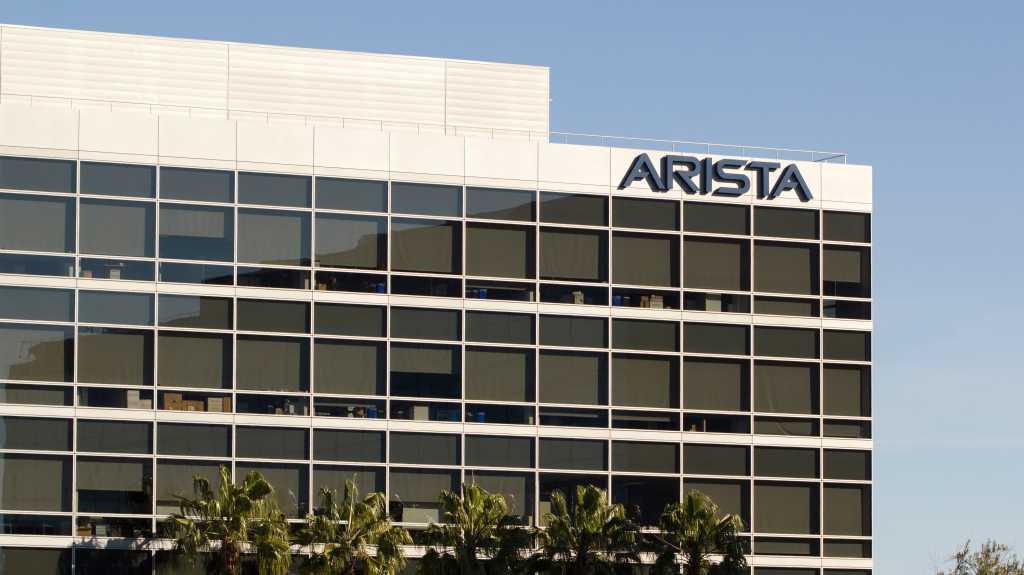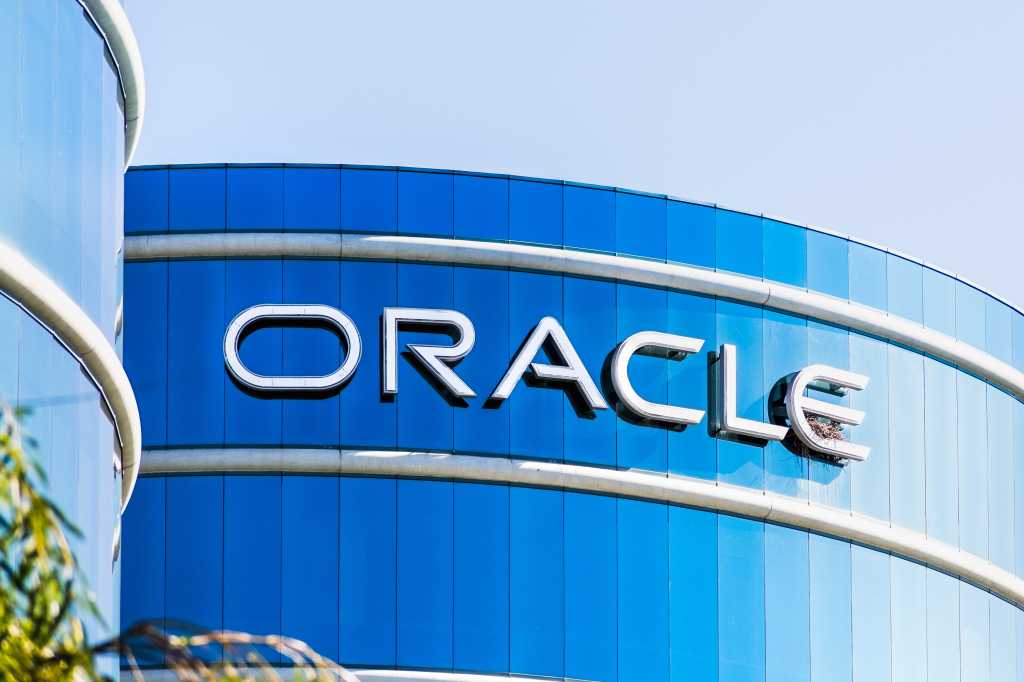
Crusoe and the Lancium Clean Campus: A New Model for Power-Optimized Compute
Crusoe Energy’s 300-megawatt deployment at the Lancium Clean Campus in Abilene is a significant marker of how data center strategies are evolving to integrate more deeply with energy markets. By leveraging demand flexibility, stranded power, and renewable energy, Crusoe is following a path similar to some of the most forward-thinking projects in the data center industry. But it’s also pushing the model further—fusing AI and high-performance computing (HPC) with the next generation of power-responsive infrastructure.
Here’s how Crusoe’s strategy compares to some of the industry’s most notable power-driven data center deployments:
Google’s Oklahoma Data Center: Proximity to Renewable Growth
A close parallel to Crusoe’s energy-centric site selection strategy is Google’s Mayes County data center in Oklahoma. Google sited its facility there to take advantage of abundant wind energy, aligning with the local power grid’s renewable capacity. Similarly, Crusoe is tapping into Texas’s deregulated energy market, optimizing for low-cost renewable power and the ability to flexibly scale compute operations in response to grid conditions.
Google has also been an industry leader in time-matching workloads to renewable energy availability, something that Crusoe is enabling in real time through grid-responsive compute orchestration.
Sabey Data Centers in Quincy: Low-Cost Power as a Foundation
Another instructive comparison is Sabey Data Centers’ Quincy, Washington, campus, which was built around one of the most cost-effective power sources in the U.S.—abundant hydroelectric energy. Sabey’s long-term strategy has been to co-locate power-intensive compute infrastructure near predictable, low-cost energy sources.
Crusoe’s project applies a similar logic but adapts it for a variable grid environment. Instead of relying on a fixed low-cost power source like hydro, Crusoe dynamically adjusts to real-time energy availability, a strategy that could become a model for future power-aware, AI-driven workloads.
Compass and Aligned: Modular, Energy-Adaptive Infrastructure
From a data center design perspective, Crusoe’s approach aligns with the modular, power-optimized strategies used by Compass Datacenters and Aligned Data Centers. Both companies have refined build-to-scale models that enable rapid deployment of energy-efficient infrastructure.
Aligned, in particular, has pioneered cooling and energy efficiency technologies that dynamically adjust to compute density and workload demand. Crusoe is taking a similar approach—leveraging adaptive compute scheduling to align with available power, ensuring maximum efficiency for AI and HPC workloads.
Switch’s Citadel Campus and Stack Infrastructure: AI and HPC Demand Shaping Energy Strategy
Crusoe’s focus on AI and HPC also mirrors the shift toward high-density, power-sensitive workloads seen in projects like Switch’s Citadel Campus in Nevada and Stack Infrastructure’s AI-optimized facilities in Portland and Dallas.
Both Switch and Stack have strategically located campuses near major energy corridors to ensure low-cost, high-reliability power for AI, cloud, and hyperscale customers. Crusoe’s approach takes this a step further by integrating real-time power price responsiveness, allowing its workloads to migrate or scale based on the dynamic economics of the Texas grid.
The Big Picture: A Convergence of Compute and Grid Intelligence
The Lancium Clean Campus is an important case study in how data center infrastructure is evolving to meet the realities of modern power markets. Like Google, Sabey, Compass, Aligned, Switch, and Stack, Crusoe is optimizing its footprint around energy availability and efficiency. But by integrating AI, HPC, and dynamic power orchestration, it’s setting the stage for a new wave of power-aware compute deployments.
As AI continues to drive unprecedented power demand, the industry will likely see more projects like Crusoe’s—where compute is not just consuming power, but actively shaping how power is utilized.




















